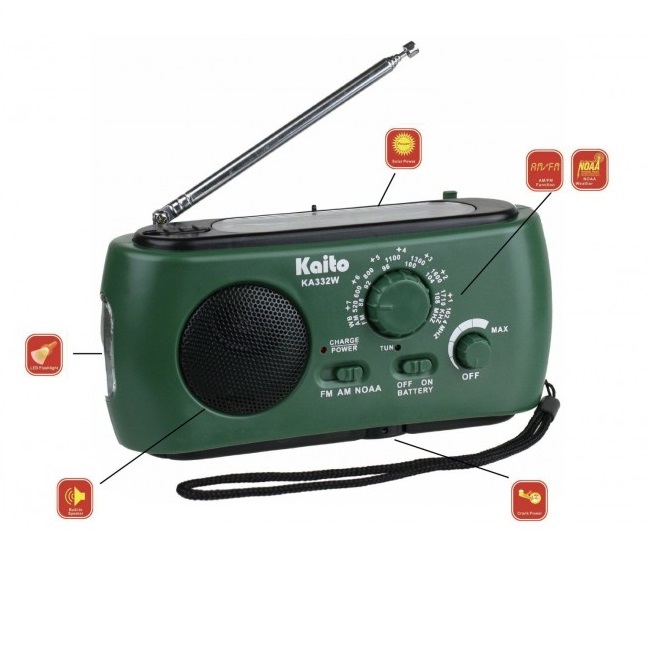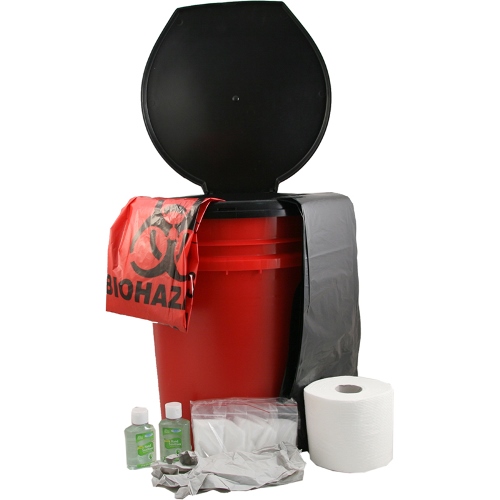As an earthquake preparedness company, we here at Quake Kit tend to focus on all the things you can do before a quake to minimize its affects and maximize your safety and comfort. Today however, we’re going to focus on what you can do after the trembles stop. Once the rumbling ceases, and the world returns to stillness, what can we do? Where do we even start our recovery process?
Prepare for Aftershocks
Aftershocks (smaller earthquakes following the main event) can vary greatly in strength and timing. By definition, they are weaker than the main quake, but that doesn’t stop them from being just as dangerous. Remember that infrastructure will be weakened from the seismic samba it was just forced through and be wary about moving near tall structures. Avoid power lines and areas that might be prone to landslides.
If an aftershock happens follow the same protocol as you would for a larger event. Drop, cover, and hold on tight!
Listen for News and Instructions
Replace any home phones back in their cradles and turn on the radio or TV to a local station. Be sure to have a crank, solar, or battery powered radio in your home/kit in case the power is out! This is very likely if it is a larger earthquake. Follow instructions if they are given, and if you are in a coastal area keep a sharp ear out for tsunami warnings.

Canada’s Department of Safety asks that individuals refrain from making phone calls after a major earthquake unless they are in need of emergency services. If you need to check in on a loved one, or touch base with an out of town contact, text instead of calling. Phone services may be out, or clogged with other users, so be patient.
Inspect Your Home
If you felt threatened enough by the earthquake to evacuate your home, inspect it closely for damage before re-entering. If there is any doubt about the structural soundness of the building, stay outside. Once things calm an engineer should be called to do a thorough check. If your home is retrofitted or built with earthquake resistance in mind it will withstand damage more readily.
Prepare to Wait
If tap water is still working, fill as many containers as you can with clean water. Service may be disrupted later and it’s best to collect what you can. If the home is safe, filling your bath tub is a great start. If the taps are empty remember that you may have water in your hot water tank (ensure it is not hot before trying to access it) and in your toilet tank (not the bowl!)
Do not flush toilets if you suspect there may be any damage to the sewer lines and use a camping/portable toilet instead. Try to keep a stock of toilet paper handy and rotate through it, just like any other important necessity. Get your emergency kit ready in case an evacuation order is given.

Carefully clean up any hazards (wear work gloves and eye protection) and look for chemicals or other liquids that may have spilled. If something particularly dangerous was tipped by the shaking, and you cannot safely clean it up, cordon off the area and mark it with a warning for others.
Check the Community
Once you’re safe and your home secured, check on your neighbours. Help where you can and organize rescues where necessary. If someone is trapped or otherwise beyond your ability to help, call emergency services as soon as you can. If you have pets, attempt to find and comfort them, and always keep them under your direct control.
Stay Calm
If there is an earthquake, or any kind of major emergency, staying calm is the absolute best thing you can do for yourself and others. Unfortunately, it can also be one of the most difficult. Staying calm will help you to behave rationally, help others, and to lead those who may not have kept quite so cool and collected. If you can’t keep calm, that’s perfectly understandable. Breathe, and get back to your center when you can.
Summary
Chances are, life will be a little unpredictable for weeks, or months, after a major earthquake hits the west coast. Knowing how to react immediately after the disaster will help you begin the coming trials with strong footing. Keep safe, help where you can, and breathe.
This article was written by Zenia Platten – Writer and emergency preparedness professional

